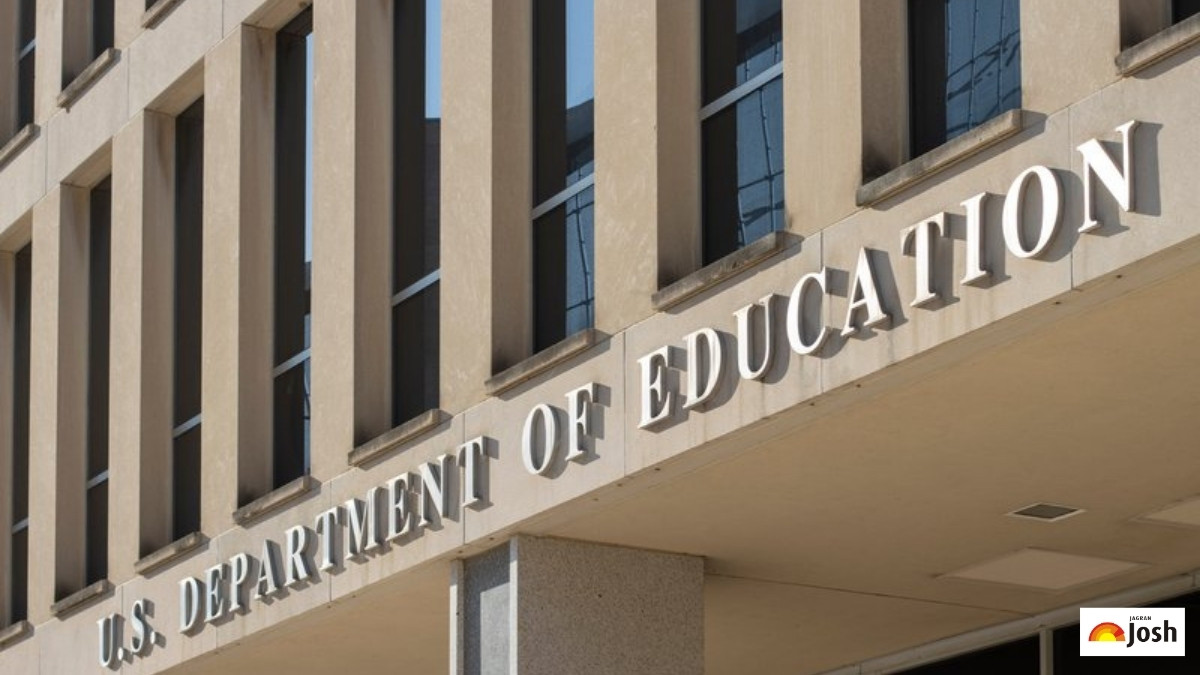New Education Grant Priorities: The U.S. Department of Education has introduced two new supplemental priorities for its discretionary grant programmes. These are Meaningful Learning and Career Pathways, and Workforce Readiness, announced by the Secretary of Education Linda McMahon.
I’m prioritizing meaningful learning and workforce readiness to prepare every student for success in school, work, & life.@USEdgov looks forward to empowering states to close achievement gaps and align education with the evolving needs of the workforce.… pic.twitter.com/Fj1F5qGj3x
— Secretary Linda McMahon (@EDSecMcMahon) September 25, 2025
These priorities are designed to strengthen classroom instruction while also ensuring that students are better prepared for the evolving workforce. Moreover, these new additions bring the total to seven supplemental priorities and form part of the Administration’s wider strategy. Let us learn how it aligns with educational and workforce development goals, according to the U.S. Federal Register. Through this blog, understand these five key takeaways from the announcement.

1. What Are the Supplemental Priorities?
Supplemental priorities will act as guiding tools and allow the Department of Education to focus its discretionary grant competitions. This lays focus on the nation’s most pressing educational needs. In addition, they ensure federal funding supports initiatives that not only improve teaching and learning but also prepare students for real-world success.
The introduction of Meaningful Learning and Career Pathways and Workforce Readiness reflects classroom instruction in critical subjects such as Mathematics and builds stronger connections between schools and the labour market.
2. Strengthening Instruction Through Meaningful Learning
The new priority of Meaningful Learning highlights reforms in core areas such as mathematics and literacy. Along with this, it promotes competency-based instruction, innovative assessments, and access to high-impact tutoring.
Overall, it encourages schools to rethink instructional models, adopt high-quality learning materials, and integrate interventions that support students at different learning stages. The Department aims to provide pupils with stronger foundations for lifelong learning.
3. Building Workforce Readiness and Career Pathways
The Career Pathways and Workforce Readiness priority places emphasis on aligning education with employment opportunities. This includes expanding pre-apprenticeships, supporting industry-recognised credentials, and promoting work-based learning experiences.
The initiative fosters partnerships between states, schools, and industry, strengthening the pipeline to skilled trades and high-demand careers.
4. Revisiting Previous Priorities
Before the addition of these two new areas, Secretary McMahon had already set out five supplemental priorities:
-
Evidence-Based Literacy: Encouraging research-backed literacy practices, such as the science of reading, to boost performance.
-
Expanding Education Choice: Broadening access to diverse educational opportunities through grant competitions.
-
Returning Education to the States: Prioritising state applicants in grant processes and giving them greater decision-making authority.
-
Advancing Artificial Intelligence in Education: Promoting responsible AI use to improve efficiency, teacher training, and classroom innovation.
-
Prioritising Patriotic Education: Ensuring civic education highlights U.S. history and founding principles in an accurate and inspiring way.
5. Linda McMahon’s Priorities Boost Learning & Career Readiness
-1758887235262.jpg)
(Credits: The Progressive)
Secretary Linda McMahon’s new supplemental priorities ensure federal grants target key educational needs. For instance, schools and organisations that align projects with themes like evidence-based literacy, career pathways, and innovative teaching can maximise their funding opportunities.
-
Students benefit through improved academic performance, enhanced digital skills, and greater access to career-focused learning.
-
Educators gain tools for modern teaching models, professional development, and high-quality instructional resources. Overall, these priorities create a strategic balance between strengthening academics, fostering innovation, and preparing students for civic engagement and workforce readiness.
You May Also Like to Read:
Top 5 Facts Americans Must Know About NASA’s Dream Chaser Discovery, Check Here!
Top 7 Most In-Demand College Majors in the U.S. (2025)
What is the US Federal Reserve System? Check Recent Rate Cut Facts & Functions!
Conclusion
Therefore, the Meaningful Learning and Career Pathways and Workforce Readiness mark a significant step in the U.S. Department of Education’s mission. This will help in blending academic excellence with workforce preparation.
As schools, policymakers, and industry leaders respond, these priorities may well shape the next generation of learners and workers, and ensure they are equipped for both academic success and real-world readiness. To see more of such stories, you can go ahead and add this site to your preferred sources by clicking here.
Comments
All Comments (0)
Join the conversation